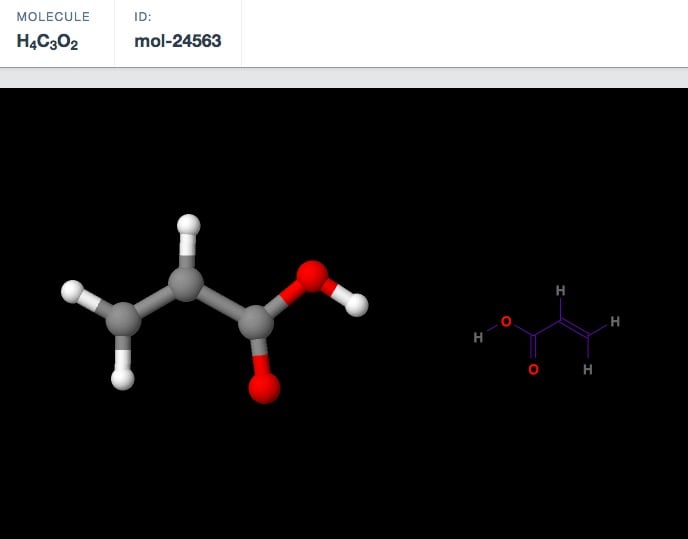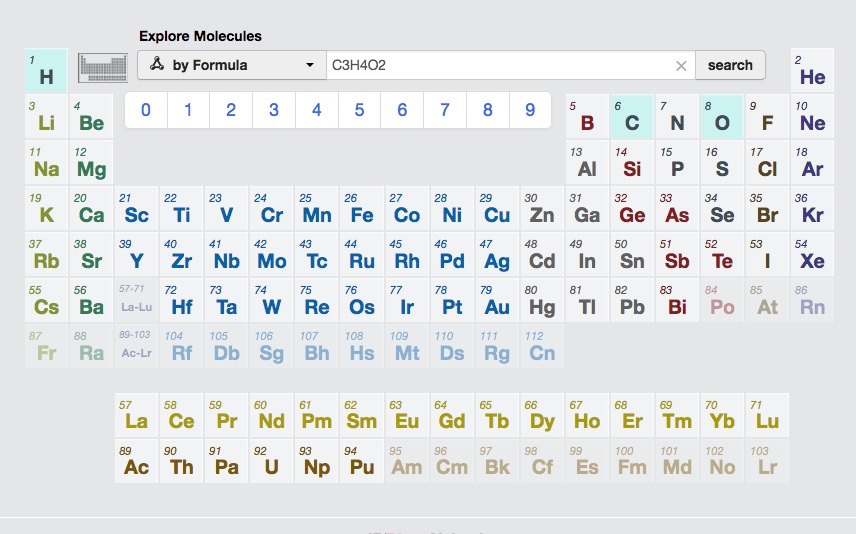
The Materials Project is a massive online database of materials.
It makes use of supercomputing to determine the properties of many different materials. They explain:
By computing properties of all known materials, the Materials Project aims to remove guesswork from materials design in a variety of applications. Experimental research can be targeted to the most promising compounds from computational data sets. Researchers will be able to data-mine scientific trends in materials properties. By providing materials researchers with the information they need to design better, the Materials Project aims to accelerate innovation in materials research.
The numbers are huge: over 69,000 inorganic compounds have been included in the database so far, with over 530,000 nanoporous materials and other entries.

You’re able to search this huge database in a variety of ways, including by chemical formula. Result lists are long, but can be sorted by multiple factors so that you can find the material you’re searching for in terms of its properties.
Most recently they’ve added dielectric data to the database. They explain:
We’re proud to officially launch the largest database to-date of calculated dielectric properties of inorganic crystalline compounds jointly funded by Volkswagen in collaboration with Stanford University and the Materials Project as supported by the Department of Energy, Basic Energy Sciences. The full dielectric tensor for the total response as well as the electronic and ionic contributions – along with derived properties such as the refractive index and polycrystalline dielectric constant estimates – of over 1,00 material are now available to the public.
And you can search for these properties as well.
For those 3D print operators experimenting with different materials, or designers requiring a special type of material, this might be a good place to start investigations.
Via Materials Project

